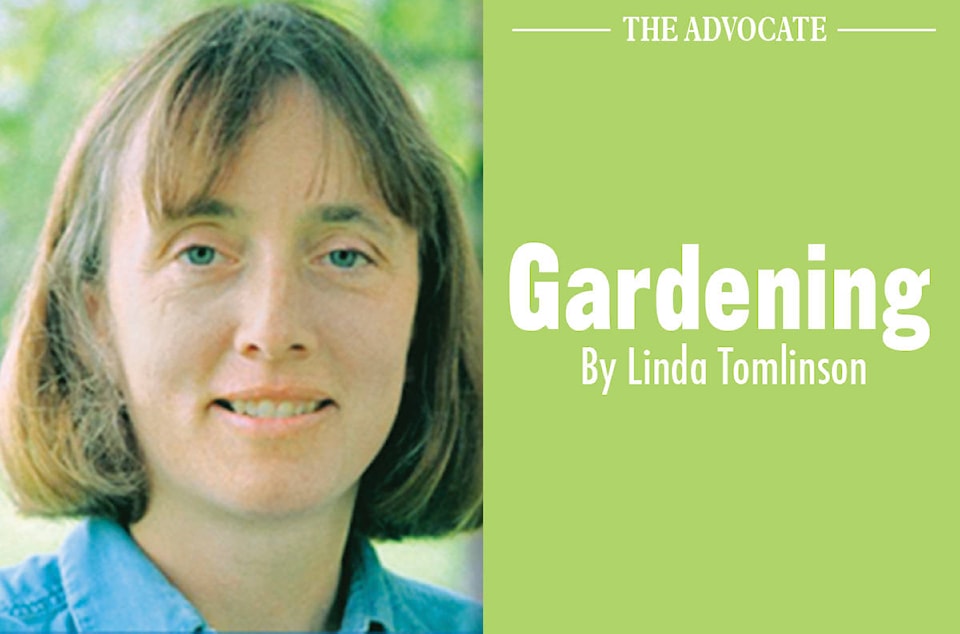Originally, lawns were meadows or hayfields that were mowed once or twice a year. Lawns as we know them evolved as part of the garden at large manner houses in Europe where it was seen as a sign of wealth to have unproductive land. It became part of the North America landscape in the mid-1800s
What makes a good lawn today is a matter of opinion. There are people who want their lawn to be weed free, green and soft, like a carpet. To keep a lawn this way takes time money and dedication. Others allow clover and other low growing plants to add their own shades of green making a more diverse environment. Then there are the lawns where everything grows as they did originally as lawns. The last group feels that a lawn is a waste of space and should be made over to either a food garden or habitat for critters. Given the size of town lots, whatever style of lawn or landscape is in the front yard will impact the other houses in the area. Keep this in mind when planning and maintaining the front yard.
Soil, the most important part of a garden, including the lawn, unfortunately it is often ignored. Healthy soil is filled with life; numerous varieties of bacteria, fungi, protozoa, root feeding nematodes, insects and worms. The protozoa and nematodes feed on the bacteria and fungi turning them into nutrients that the plants can absorb.
Earthworms eat their way through organic matter such as grass clippings speeding its decomposition. They in turn produce worm castings or pellets that add bacteria to the soil. Organisms that live in the soil are kept in check by larger ones such as birds and voles.
Proper lawn maintence encourages a healthy soil as well as a green lawn.
In the spring look at how much thatch, the mat that forms between the grass roots and plant tops, has built up in the lawn. If it is over ½ inch (1 cm) thick, start by dethatching the lawn. As the thatch breaks down it adds organic matter and nutrients to the soil but when the thatch layer becomes too thick it strangles the grass not allowing moisture or nutrients to penetrate into the soil.
A dethatcher uses a stiff brush to remove the old matted grass. Do not dethatch if the ground is wet as it will tear clumps of grass apart damaging the plants.
Lawns with minimal amount of thatch build up should be raked to remove some of last year’s growth, snow mold, leaves as well as garbage that is left over from winter.
Walking, playing, heavy rains and equipment compacts soil. A lawn unlike a garden is rarely dug up or cultivated to lighten the soil structure. Instead it can be aerated with machine with hollow spikes that remove plugs of soil. The plugs are then raked up and placed in the compost or left to decompose on top of the lawn. Soil slowly spreads out filling, becoming looser as it fills in the holes left by the plugs
How often a lawn should be aerated depends on how the lawn is used. Try pushing a spike or a screwdriver into the soil. If it goes easily, the soil is fine. If it is a struggle, it is time to aerate.
How much and when the lawn is fertilized is dictated by the fertilizer used. Chemical fertilizers are either fast or slow release. Fast release fertilizer supplies instant food that does not stay in the soil for any length of time. Slow release granules are coated to allow nutrients to be continuously released into the soil. Too much fertilizer at one time will burn plant material and kill some of the microscopic organisms.
Organic fertilizer is bulky and with the help of microscopic organisms supplies nutrients to the plants.. As this activity takes time, the lawn will not green up immediately but it is fed over an extended period. Compost and well rotted manure are good organic fertilizers but they are not the only type on the market.
Weed control is a personal choice. Chemicals are still the quickest most effective method to remove weeds. Follow the instruction on the container . Apply the chemicals when the weeds are growing quickly to insure that it is absorbed into their system. Chemicals will affect all other living organisms in the vicinity.
When Ontario banned home use of pesticides Corn Gluten Meal became to go to for weed suppressants. It works by inhibiting seedlings root development. Further studies have shown that it will work on select seedling but isn’t effective on all seedlings.
Horticultural vinegar also known as Acetic Acid 10 -20% strength works by rupturing plant membranes. It will not kill roots therefore is much more effective on young plants as opposed to ones with established root systems. As with all chemicals, follow the directions carefully. Horticultural vinegar is much more corrosive than household vinegar (5%) and should be used with caution
Hand weeding a lawn works if the area is small and weeds are few. For best results, weed early in the spring when the plants are young and the roots are not fully developed.
What plants are in the front lawn is a personal decision but keep the neighbors in mind before making drastic changes.
Linda Tomlinson is a horticulturalist who lives near Rocky Mountain House. She can be reached at your_garden@hotmail.com
